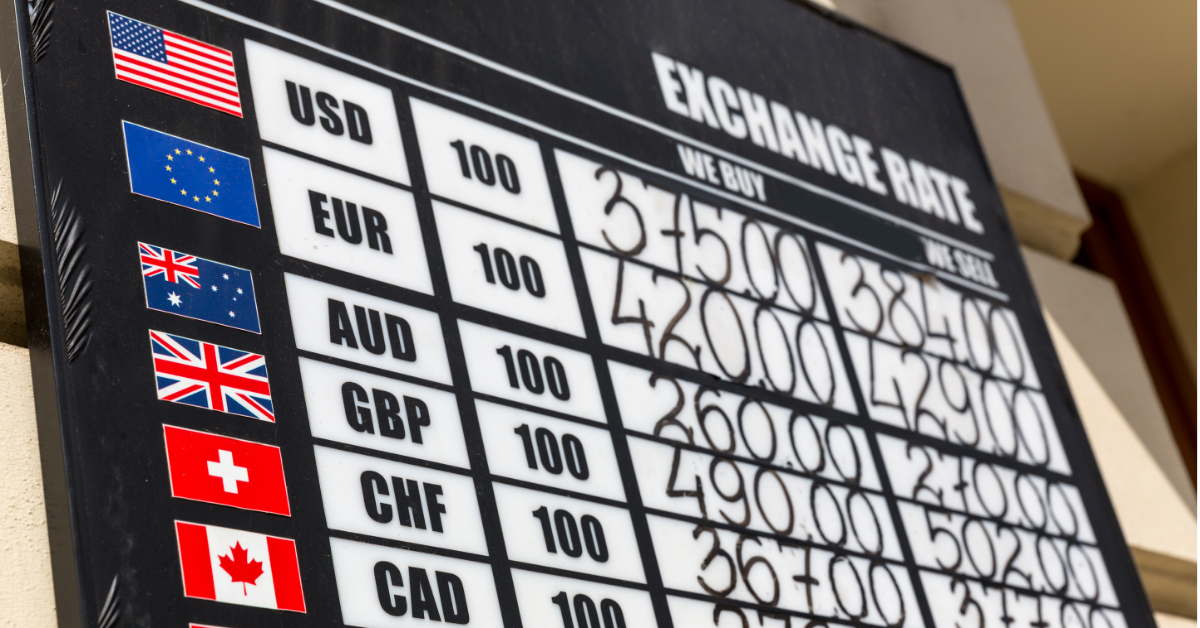The S&P 500 experienced a slight increase at the beginning of the week as traders analyzed ongoing negotiations regarding the debt ceiling. The broader index rose by 0.3% to reach 4,136.28 points. Meanwhile, the Dow Jones Industrial Average ended its five-day losing streak, gaining 47.98 points (0.14%) and reaching 33,348.60 points. The tech-heavy Nasdaq Composite outperformed both indices, rising by 0.66% to reach 12,365.21 points. The focus for investors was on the debt ceiling talks, which were rescheduled to this week after being postponed from Friday. President Joe Biden is expected to meet with top congressional leaders on Tuesday to discuss this matter.
Investors are closely monitoring the debt ceiling negotiations, as failure to reach an agreement could have severe financial consequences. Treasury Secretary Janet Yellen warned that a failure to address the debt ceiling could lead to “financial chaos.” However, Yellen expressed optimism over the weekend, stating that negotiations were active and that areas of agreement had been found.
The market remains cautious, as each day of delay and lack of progress makes it increasingly challenging for the market to gain momentum. Additionally, investors are analyzing the latest economic data, including the May data for the Empire State Manufacturing survey, which showed a significant decline in manufacturing activity in New York. Throughout the week, investors will also be paying attention to major retail reports from Home Depot, Target, and Walmart, which will provide further insight into the state of the consumer.

Data by Bloomberg
On Monday, the stock market witnessed varied price changes across different sectors. Overall, the market experienced a positive trend with an increase of 0.30%. The materials sector performed particularly well, showing a significant rise of 0.85%. Financials and information technology sectors also displayed strong gains, with increases of 0.82% and 0.74% respectively. Industrials saw a moderate increase of 0.51%. However, energy and consumer discretionary sectors had more modest gains of 0.20% and 0.14% respectively. On the other hand, the communication services sector experienced a slight decline of -0.03%. Health care, real estate, consumer staples, and utilities sectors witnessed negative trends, with price decreases of -0.16%, -0.24%, -0.27%, and -1.24% respectively.
Major Pair Movement
On Monday, the US dollar retreated across the board after last week’s risk-off gains, as investors prepared for the upcoming US retail sales report and debt ceiling talks. Market sentiment was mixed as a volatile NY Fed report was met with caution, and several Federal Reserve speakers pushed back against expectations of rate cuts. The dollar index lost 0.25%, while the euro gained in response.
The Australian dollar, considered a high-beta currency, rebounded strongly against the low-beta yen, with AUD/JPY rising over 1% compared to USD/JPY’s modest 0.22% gain. The market remained hopeful that China would increase stimulus measures to support economic growth, and there was speculation that the US would avoid a debt default, boosting risk appetite. Additionally, there was a bounce in US bank stocks, contributing to the positive risk sentiment.
The British pound rallied throughout the day, influenced by risk acceptance flows and anticipation of employment and wage data that could support the Bank of England’s rate hiking stance. The Japanese yen’s gains were limited as the government showed lukewarm reception to the Bank of Japan’s policy review, reducing expectations of accommodative measures being scaled back.
Picks of the Day Analysis
EUR/USD (4 Hours)
Euro Makes Modest Gains Against Weakening US Dollar, Concerns Remain Over Eurozone Data and Debt Ceiling Drama
EUR/USD rose slightly on Monday as the US Dollar weakened following disappointing economic data. However, the Euro faced further losses against the Pound, nearing multi-month lows. Industrial Production in the Eurozone declined by 4.1% in March, surpassing the expected 2.5% decrease. In Germany, the Wholesale Price Index fell 0.4% in April, better than the anticipated -0.9%, while the annual index dropped from 2% in March to -0.5% in April. On Tuesday, Eurozone employment and GDP data for Q1 will be released, along with the May German ZEW survey. The Eurozone is expected to see a marginal expansion, avoiding contraction.
The US Dollar weakened on Monday amid mixed market conditions, influenced by the sharp decline in the US New York Empire Manufacturing index from 10.8 in April to -31.8 in May. Key data to watch on Tuesday includes April’s Retail Sales report. President Biden is set to meet with House Speaker Kevin McCarthy to discuss the debt ceiling issue. Despite higher US bond yields, the decline in the Dollar occurred alongside an improvement in market sentiment.

According to technical analysis, the EUR/USD pair is currently attempting to recover after a few days of downward movement, aiming to reach the middle band of the Bollinger band. It is anticipated that the EUR/USD will make a slight upward move and endeavor to reach the middle band. The Relative Strength Index (RSI) is currently at 36, indicating an overall bearish trend in the EUR/USD market.
Resistance: 1.0885, 1.0930
Support: 1.0820, 1.0785
XAU/USD (4 Hours)
Gold (XAU/USD) Gains Modestly Amid Debt Ceiling Concerns, Stocks and Bond Yields Mixed
Spot gold (XAU/USD) started the week with modest gains, trading around $2,020 per troy ounce. The advance in XAU/USD was supported by a decrease in demand for the US Dollar and an improved market mood. However, caution remained as negotiations related to the US debt ceiling were extended. Investors are closely watching the potential for a US default, with President Joe Biden scheduled to meet with lawmakers on Tuesday to find a resolution.
In the stock markets, there was a positive trend, although momentum was limited. The Dow Jones and S&P 500 saw gains of less than 0.10%, while the Nasdaq Composite performed the best, rising by 56 basis points (bps). Concurrently, government bond yields also increased, with the 10-year Treasury note reaching a yield of 3.51%, up by 4 bps, and the 2-year note remaining unchanged at 4.0%. The rise in US yields acted as a limiting factor for the bullish potential of XAU/USD.

According to technical analysis, XAU/USD has been trading in a flat range for the past few days and has recently reached and is moving around the middle band of the Bollinger Band. The proximity of the upper band to the lower band suggests a potential consolidation phase for XAU/USD. Currently, the Relative Strength Index (RSI) stands at 48, indicating that XAU/USD is in a consolidation mode.
Resistance: $2,023, $2,036
Support: $2,010, $2,000
Economic Data
| Currency | Data | Time (GMT + 8) | Forecast |
|---|---|---|---|
| GBP | Claimant Count Change | 14:00 | 0.0% |
| CAD | Consumer Price Index | 20:30 | 0.5% |
| USD | Retail Sales | 20:30 | 0.8% |





























